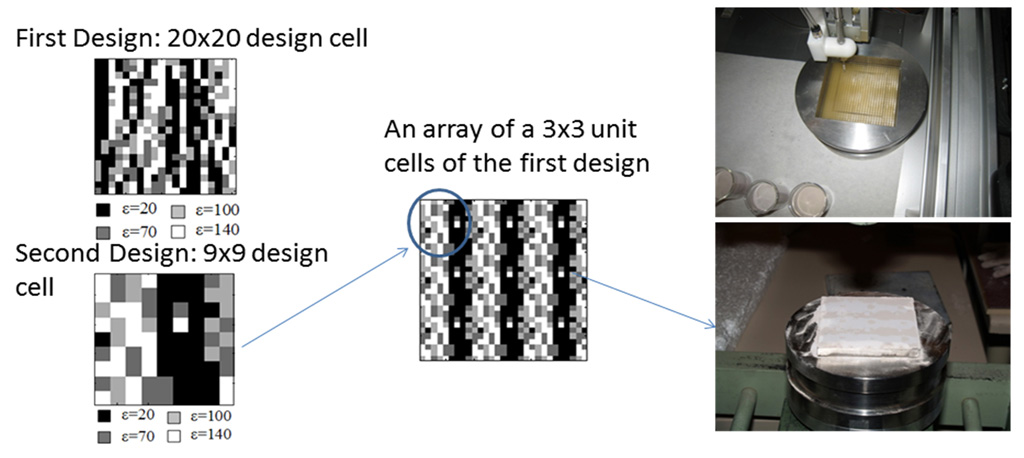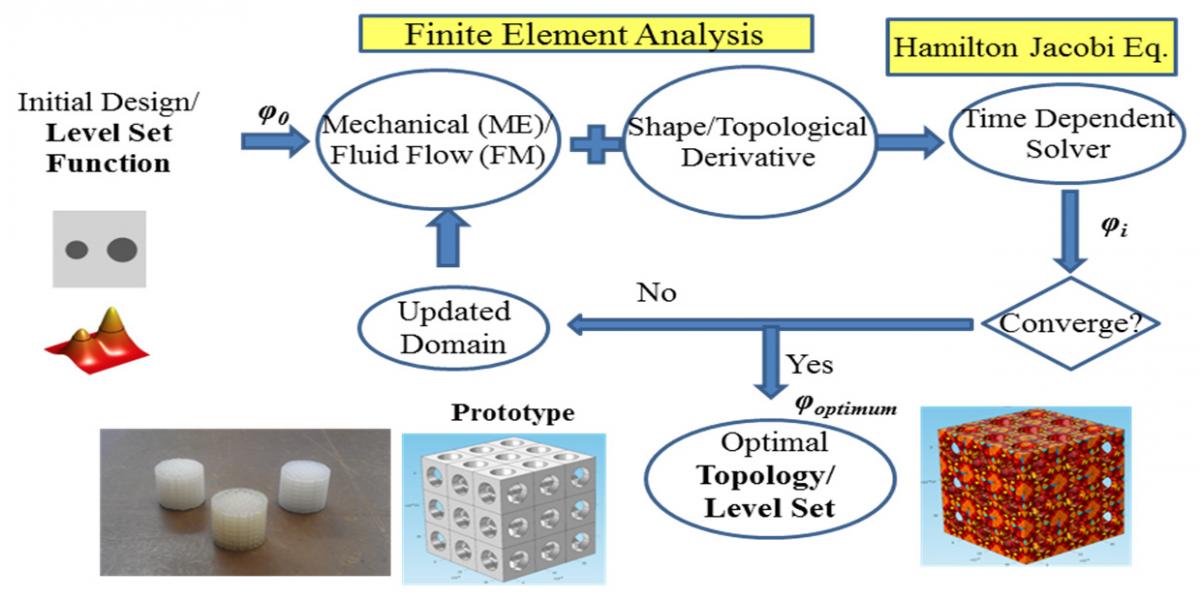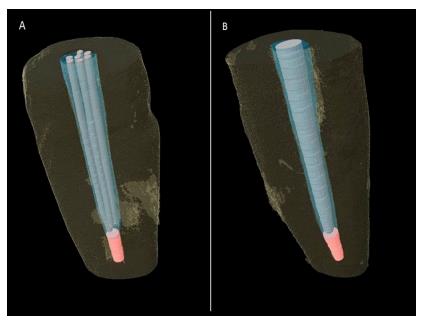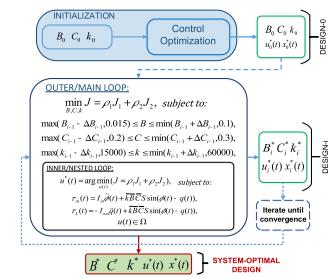Our group tries to addresses the challenges of system design from an interdisciplinary engineering perspective, with a focus on using automated design tools (such as topology optimization) and artificially engineered composite materials.
We believe that advances in these research topics will allow, for the integration of the best simulation tools and design algorithms to generate totally novel and yet unthinkable designs that will lead to a new paradigm in design. This goal being the essence of our research group, the outcome of these investigations will have tremendous impact on some key applications such as multifunctional novel electromagnetic and biomedical applications. You can find some highlights below.
In a variety of key problems, the research approach pays attention in bridging synthesis/analysis (engineering) with practical realization (materials science) of complex devices which leads to the broader definition of our research theme as the “Automated Design and Realization of Complex Material Systems”.
1) Topology Optimization of Metamaterial Systems
The development of artificial materials with new features has been a key to the spectacular technological advances of the last decades. In particular, in addition to the analysis and synthesis of materials with special electric and magnetic properties such as metamaterials, their fabrication and characterization are topics of high strategic relevance, in view of their potential impact on a variety of leading edge technologies, including not only telecommunications but also aerospace, RF-MEMS, biomedical engineering and the science of materials.
i) Inverse Synthesis of 3D Spectral Metamaterials for RF and Nano-applications
With specific reference to electromagnetic applications, the possibility of obtaining new materials with prescribed anisotropy, dispersion and nonlinearity over a wide frequency band is of utmost importance.
ii) Design and Fabrication of Deformable Antenna Substrates
In addition to the development of synthesis tools for novel material compositions, another research branch of our group tries to understand, design and optimize new materials and composites and finally fabricate them with desired new properties for device performance enhancements and/or miniaturization purposes. A clear understanding of engineered composites requires an interdisciplinary thought process, grounded in a sound fundamental knowledge of traditional composite materials and a powerful design tool.
2) Tissue Engineering
Tissue engineering plays a critical role in regenerative medicine. Advances in TE and regenerative medicine will depend on the design and fabrication of “multifunctional” biomaterials that actively participate in the formation of functional tissues such as bones.
We primarily focus on the automated design of artificial bone tissues using topology optimization based techniques and their fabrication using advanced 3D fabrication methodologies as well as their modeling based on micro-CT characterization. We believe that clinical translation of this computational automated realization of novel biomaterials is expected to support the healing processes of tissues in a much more effective way.
i) Topology Design and Fabrication of Multi-functional Artificial Bone Tissues
We are expanding our electromagnetic research expertise to cover the design and fabrication of artificial tissues in particular bone tissues.
ii) Micro-CT Characterization and Analysis of Biomedical Tissues
Within tissue engineering our group has collaborated with scientists from Medical School, Biology, Dentistry and Physics from and outside the university and colleagues expanding our research expertise to cover micro-CT characterization and analysis of biomedical tissues.
3) Design of Mechatronic Systems
i) Multi-Disciplinary Design Optimization (MDO) of Complex Mechatronic Systems
Development of multi-disciplinary design optimization platforms has become crucial to satisfy stringent performance expectations for many complex systems such as aircrafts, automotive and similar. Being multidisciplinary systems, performance of such devices cannot be fully exploited unless MDO techniques that account for their inherent design couplings are employed for their optimization. Design of best performing engineering systems necessitates a good understanding and optimal utilization of interactions among their disciplinary design components. These interactions, also known as design couplings, have been defined as the design interrelationships among engineering disciplines within a multidisciplinary system. Robotic systems similar to many mechatronic systems are examples of controlled mechanical systems that require both the design of a mechanism—often referred to as a “plant” and a controller. In collaboration with Dr. Patoglu, our research group focuses on the development of co-design frameworks to robotic systems such as a VSA in an effort to move towards systems having otherwise unattainable levels of performance.
Figure Co-design framework for variable stiffness actuators developed in collaboration with Dr. Patoglu
ii) Automated Design and Fabrication of Material Based Complex Systems
Dr. Kiziltas’ research addresses the challenges of system design from an interdisciplinary engineering perspective, with a focus on using automated design tools (such as topology optimization) and artificially engineered composite materials. The development of artificial materials with new features has been a key to the spectacular technological advances of the last decades. In particular, in addition to the analysis and synthesis of materials with special electric and magnetic properties, their fabrication and characterization are topics of high strategic relevance, in view of their potential impact on a variety of leading edge technologies, including not only telecommunications but also aerospace, RF-MEMS, biomedical engineering and the science of materials. Advances in the research topics of Dr. Kiziltas group will allow, for the first time, integration of the best simulation tools and design algorithms to generate totally novel and yet unthinkable designs that will lead to a new paradigm in design. This goal being the essence of her research group, the outcome of these investigations will have tremendous impact on not only microwave devices such as multifunctional novel antennas but also on energy and biomedical applications.

 Figure: Fabricated deformable polymer-ceramic functionally graded substrates using tape casting (left) and freeze drying (right)
Figure: Fabricated deformable polymer-ceramic functionally graded substrates using tape casting (left) and freeze drying (right)


